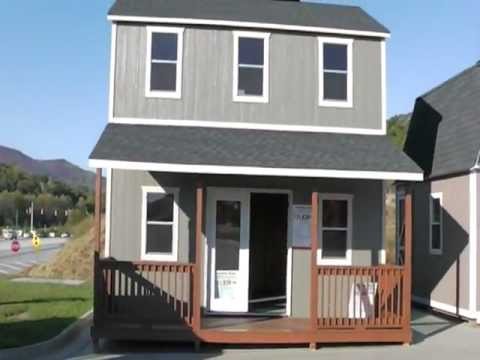Shipping Container Home Building
Article by Randy Stevenson
Shipping container home building is a continuing trend, especially in areas where single family homes are more scarce and land is incredibly expensive. Even here in the United States, though, the use of used ISBUs – inter-modal steel building units – has taken hold.>>Click Here for More on Shipping Container Home Building<<Besides the large number of benefits, particularly the lower cost of using storage containers for new home builds, there is better understanding of how to retrofit the containers for use in construction and better building codes to accommodate the use of those materials.
It’s difficult to pin down the number of shipping container homes that actually exist, as many are tackled by homeowners as a DIY project. The fact that the containers are pre-fabricated makes shipping container home building a much faster process than traditional home building.
Can a Shipping Container Home be a Home
One of the biggest questions interested residents often have is the question of shipping container home building codes and whether or not they may be able to use those material in their own projects. While some building departments may not have as much experience with plans that use these containers in the project, more and more cities allow these materials within city limits. The question really comes down to the final plan and appearance of the structure.
Often referred to as shipping container architecture, the use of these steel boxes has gone beyond homes and small structures to projects of large scale and commercial use. They make quick homes in rural areas, nice office space for commercial projects, and can be easily retrofitted to act as small offices or classrooms. The fact that the structures are sturdy and can withstand even hurricane winds is simply a bonus.
Purchasing a used Shipping Container Home
Used shipping containers can help expand the space of even existing homes. Those interested in an outside office, a stand alone patio or family area outside, or those who need a separate workshop can make one out of readily used containers in much shorter time than putting up a brand new structure from scratch.
Shipping container home building is an option for many who prefer environmentally friendly building, are looking to cut costs on their home, and have a great eye for creativity and design.
Randy Stevenson is a researcher and writer in the environmental sector. Find more information shipping containers as home at Shipping Container Houses or at http://www.shippingcontainerhouses.blogspot.com.









